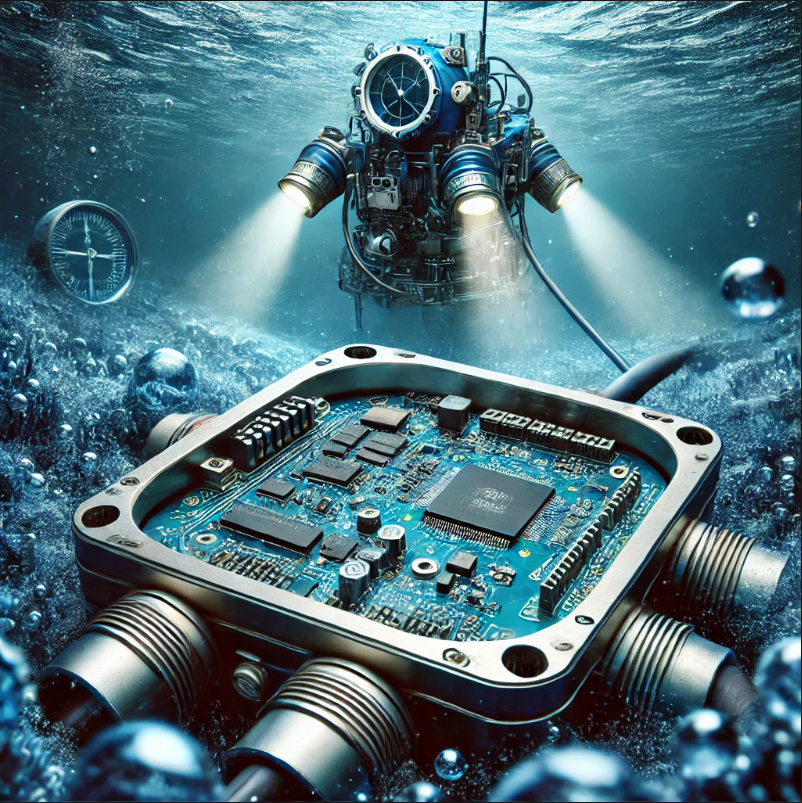Printed circuit boards (PCBs) play a crucial role in marine exploration. Due to the marine environment’s special characteristics, PCBs have unique requirements.

Extreme Environmental Adaptability
The marine environment is extremely complex and harsh, marine exploration equipment in the PCB must have a strong extreme environmental adaptability. Seawater is highly corrosive. PCB materials need to be able to resist the erosion of seawater. Special protective coatings or corrosion-resistant materials are often used to ensure long-term stable operation in seawater. The pressure in the ocean varies greatly. PCBs need to be able to withstand high pressures without damage, especially in deep-sea exploration. The design will consider strengthening the structural strength of the PCB and adopting pressure-resistant packaging technology to adapt to the pressure environment at different depths. The temperature range in the ocean is also very wide. PCB must maintain stable performance in such temperature changes, which requires the use of a wide temperature range of electronic components and special heat dissipation design.
Precision Sensing and Control
Marine exploration equipment usually needs to carry out precision sensing and control, PCB plays a key role in this. Sensors are used to measure physical parameters of the ocean (such as temperature, salinity, depth, etc.). The signal processing and transmission rely on PCBs, which need to be designed with high precision and low noise to ensure that the sensors can collect data accurately. For the control part, the PCB should be able to respond to commands quickly and accurately to realize precise control of the equipment. This requires the PCB to have good signal integrity and electromagnetic compatibility to avoid signal interference and distortion. In the design process, advanced circuit layout and shielding technology will be used to improve the performance of the PCB.
Long-term stability
Marine exploration equipment often needs to operate in the ocean for a long time, so the long-term stability of the PCB is critical. On the one hand, the reliability of electronic components is the key. Need to choose high-quality, long-life components, and strict screening and testing. On the other hand, the PCB manufacturing process must also be excellent. Ensure that the welding is strong, clear lines, to avoid manufacturing defects that lead to failure. In practice, some protective measures will be taken. Such as moisture, mold, corrosion, etc., to extend the life of the PCB. Regular maintenance and testing is also an important means to ensure the long-term stability of PCB operation. Through the monitoring and maintenance of equipment, potential problems can be found and solved in a timely manner.
In marine exploration equipment, PCB application is characterized by extreme environmental adaptability, precision sensing and control, and long-term stability. These requirements prompt PCB technology innovation and development. It provides solid technical support for the ocean exploration business.
